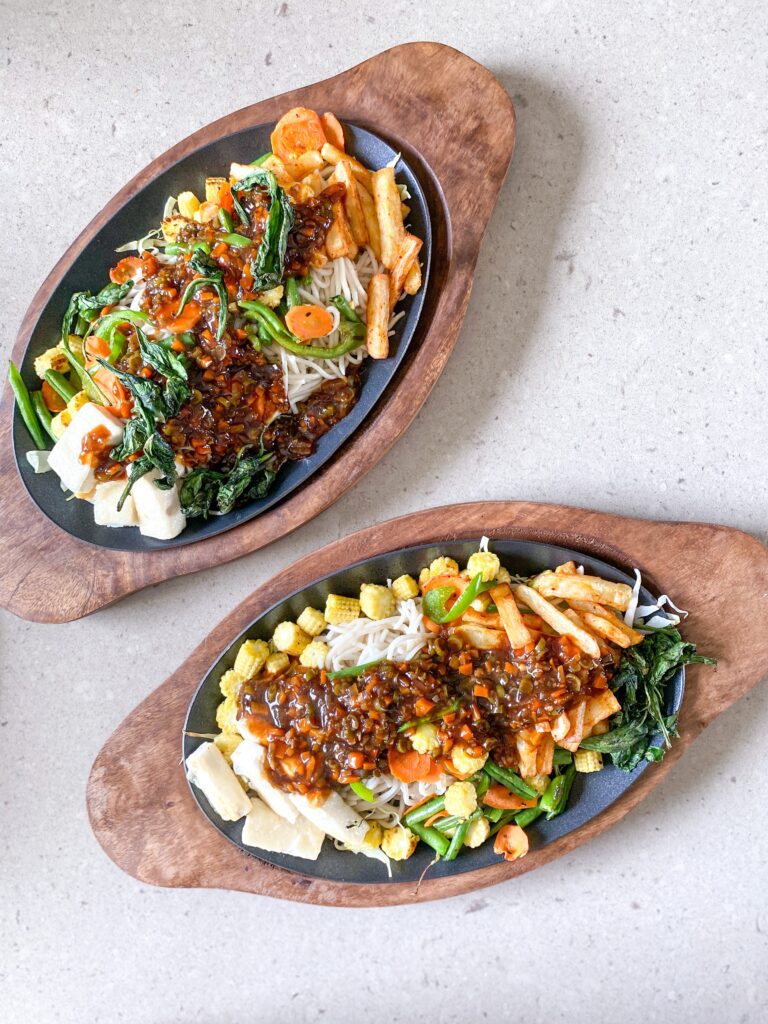Sautéing is an essential cooking technique that is quick and easy to learn. It involves cooking food quickly in a small amount of oil or fat over high heat, making it an excellent way to prepare protein and vegetables. To properly sauté food, you’ll need a sauté pan or skillet, a heat-proof spatula, and a small amount of oil or fat. Use a heavy-bottomed pan made of a material that conducts heat well, like stainless steel or cast-iron. Before starting, ensure that your ingredients are prepped and ready to go, and heat your pan first before adding your ingredients. Cook your food on high heat while stirring it frequently, and finish it off with a sauce or aromatics. Finally, clean your pan by using a spatula to scrape any bits of food and rinsing with warm water.
Sizzling Success: Mastering the Art of Sautéing
Introduction
Sautéing is the cooking technique that involves cooking food quickly in a small amount of oil or fat over high heat. This technique is used in many cuisines around the world and is an excellent way to prepare protein and vegetables.
Sautéing is a great technique for beginners because it’s easy to learn and produces delicious and flavorful results. In this article, we will give you some tips and tricks to help you master the art of sautéing.
What you need
To properly sauté food, you need a few essential tools:
- A sauté pan or skillet
- A heat-proof spatula
- A small amount of oil or fat
A sauté pan or skillet should be heavy-bottomed and made of a material that conducts heat well, such as stainless steel or cast-iron. Avoid using non-stick pans because they can’t withstand high heat and can release toxic fumes.
Preparing your ingredients
Before you start sautéing, make sure your ingredients are prepped and ready to go. For vegetables, you want to chop them into small, uniform pieces so they cook evenly. For protein, such as chicken or steak, you want to cut it into small pieces or thin slices.
Heating your pan
To properly sauté food, you need to heat your pan first. Place the pan on the stove over high heat for a few minutes until it’s hot. One way to test if your pan is hot enough is to sprinkle a few drops of water on it. If the water sizzles and evaporates immediately, the pan is ready.
Adding oil or fat
Once your pan is hot, add a small amount of oil or fat. Use high smoke-point oils such as vegetable oil, canola oil, or grapeseed oil. Avoid using butter, which can burn quickly.
Adding your ingredients
Once the oil is hot, it’s time to add your ingredients. Add the vegetables or protein to the pan in a single layer. Don’t overcrowd the pan, or you’ll end up steaming the food instead of sautéing it.
Seasoning your food
Season your ingredients with salt and pepper at this point, and add any other spices or herbs. Stir the ingredients in the pan to evenly distribute the seasoning.
Cooking your food
Here’s where the magic happens. Cook your food on high heat, stirring it frequently. The goal is to quickly cook the food while still keeping it crisp and tender.
Finishing your dish
Once your food is cooked, you can finish it off by adding a sauce or aromatics like garlic or ginger. Serve immediately while the food is still hot and crispy.
Cleaning your pan
After sautéing, your pan will likely have some stubborn bits of food stuck to it. To clean it, let the pan cool slightly, then add a small amount of water to it. Use a spatula to scrape any bits of food off the bottom of the pan. Rinse with warm water and dry with a towel.
Conclusion
Sautéing is a simple but effective cooking technique that produces delicious and flavorful results. It’s easy to learn and accessible to beginners. By following the tips and tricks outlined in this article, you’ll be well on your way to mastering the art of sautéing. Happy cooking!
